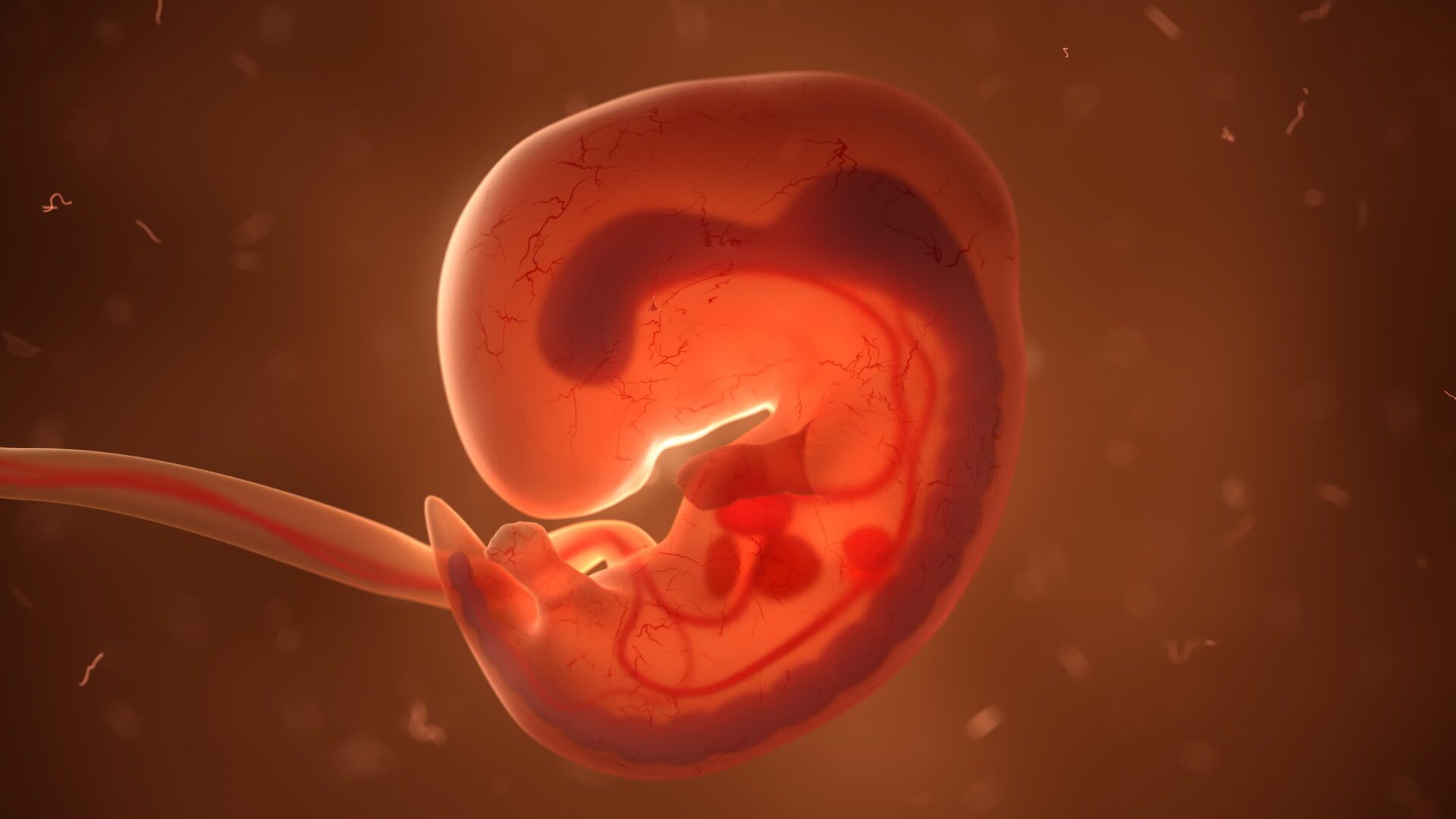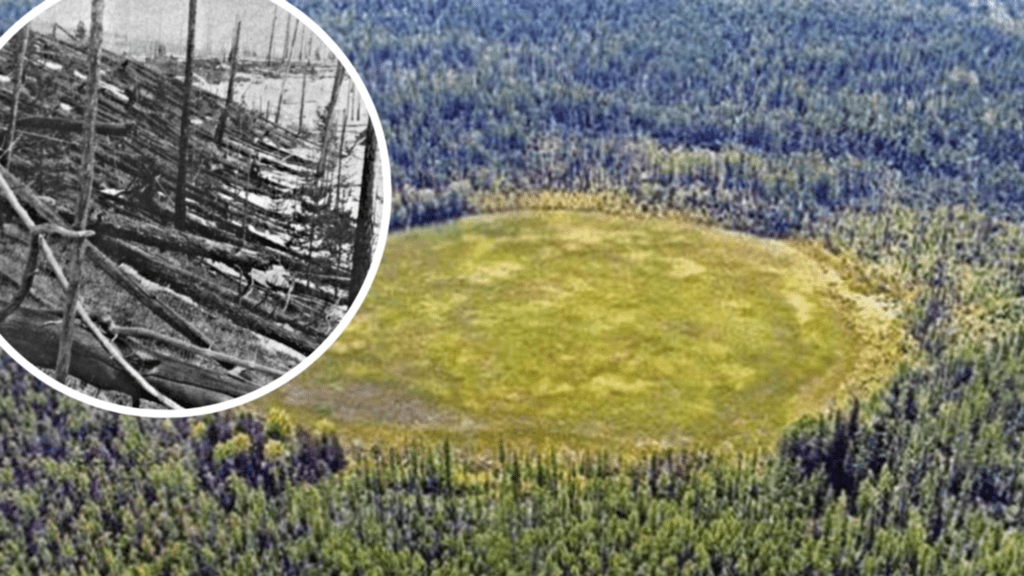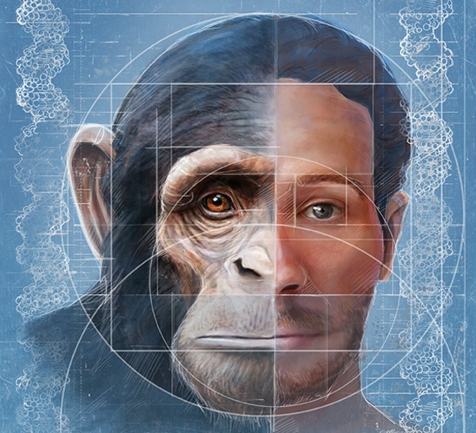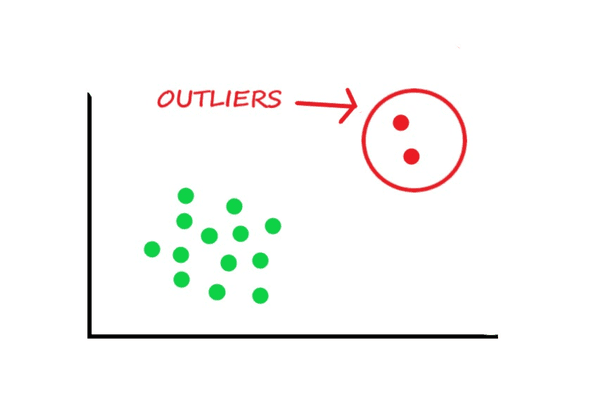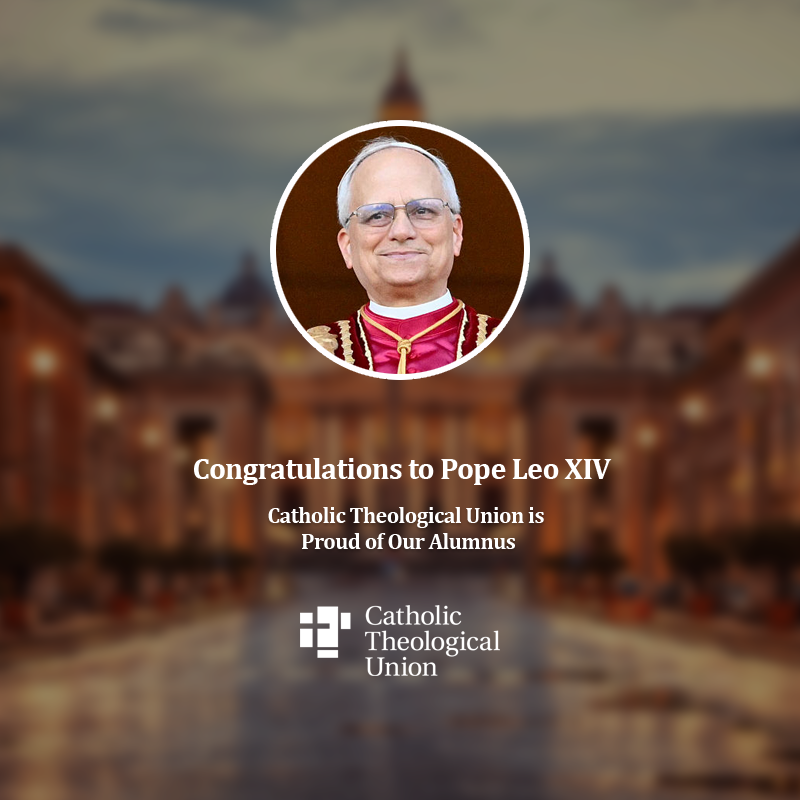Possible Preaching Themes
Possible Scientific Resources
- The role of the Holy Spirit in the process of reconciliation: In Jesus’ death his community was fragmented, but in the resurrection, he comes not to speak condemnation for their betrayal but peace. Gifts them with the Holy Spirit to continue that healing in the world.
- Links between the Jewish harvest celebration of Pentecost /Shavuot and the Christian celebration—e.g. the church as the “first fruits” of Christ’s death and resurrection; the re-membering of a covenant people
- The power and impact of the Holy Spirit’s coming that is still barely grasped today.
- Ways that other primates “reconcile” with one another after there has been a fracture within their social unit. Frans de Waal’s Peacemaking Among Primates (Harvard UP, 1990) with portions available at (https://www.amazon.com/Peacemaking-among-Primates-Frans-Waal/dp/067465921X) or article versions on this topic: https://www.science.org/doi/epdf/10.1126/science.289.5479.586 and https://blogs.scientificamerican.com/primate-diaries/httpblogsscientificamericancomprimate-diaries20110711frans-de-waal/
- The mysterious Tunguska explosion as a metaphor for exploring the power and impact of Pentecost in history—See: Stuff you Missed in History Class Classics: Tunguska Event https://podcasts.apple.com/us/podcast/symhc-classics-tunguska-event/id283605519?i=1000538769487 or NASA’s https://science.nasa.gov/science-news/science-at-nasa/2008/30jun_tunguska
Homily Outline Combining Resources
Homily outline: The power and impact of the Holy Spirit’s coming
- Introduce the Tunguska event:
- In late spring 1908, in one of the least populated places on earth—the Pokamennaya Tunguska River region in remote Siberia—a mysterious event took place that to this day the best scientific minds in the world still do not fully understand.
- Just after 7 a.m. in the morning, a mighty blast was felt—wave after wave of light and wind so forceful that people over a hundred miles away were knocked off their feet and Richter scales as far away as Washington DC and Indonesia shook.
- One of the few eyewitnesses, 40 miles from site recorded that, “I suddenly saw that directly to the north, the sky split in two and fire appeared high and wide over the forest.” He experienced a heat so intense he thought his shirt was on fire and moments later the sound of multiple cannons firing.
- For several nights thereafter, the night sky remained aglow—people in Sweden and Scotland reported being able to read newspapers outside at midnight and take pictures without flash.
- Because area so remote (and Russian politics of the time so unstable), it took almost 20 years for a scientific expedition to reach the site. They found over 800 square miles of trees flattened in a radial pattern away from the epicenter of the explosion, but at the epicenter itself, no crater. Instead, a 5-mile zone of scorched trees upright like toothpicks.
- What on earth had taken place?
- Introduce Pentecost event as relayed in Acts:
- In late spring, somewhere around the year 30 CE, fifty days after Jesus’ death and resurrection, a most mysterious event took place that to this day, the best theological minds in the world still to do not fully understand.
- In a backwater colony on the edge of the vast Roman empire, a violent blast of wind and fire came from above casting a tiny group of out of their hiding place. They were thrown out of the room by a force so intense it felt like the tops of their heads were ablaze. The noise of it drew attention from those near and far, causing shock waves soon felt around the world, indeed still rippling today.
- What on earth had taken place?
- Comparing the Tunguska and Pentecost events:
- Over a thousand scientific papers have now been published trying to reckon with what happened in Siberia in June 1908. The best guess of the present moment: a 220-million-pound asteroid, traveling at about 33,500 mph entered the atmosphere over Tunguska. The combination of pressure and heat caused the asteroid to disintegrate about three miles above the earth’s surface, releasing energy equivalent to about 185 Hiroshima bombs.
- But there are other theories. No one knows for sure.
- All we know is the destruction that it caused and how lucky we as a planet were that it took place in such an isolated area.
- Well over a thousand theological tomes have now been published trying to reckon with what happened in Jerusalem at Pentecost 30 CE, not to mention millions of sermons over the past 2000 years, hundreds of thousands preached today alone. And here is the best of what we understand at this point in time:
- That the mighty Spirit that moved over the waters at creation
- the mighty Spirit promised to the people of Israel by the prophets (e.g., Joel 2:28)
- the mighty Spirit that forcefully animated Jesus’ life from the moment of his conception and that he breathed back to the Father from the cross
- that same mighty Spirit was poured out upon the church at Pentecost causing the Good News of Jesus’ death and resurrection to circle the globe and is still at work today.
- Yet we still do not fully understand how. We still do not know all that has been affected by the Spirit’s release, or all the ways that the Spirit is still at work in the world. All we know is the life (vs. destruction) that this mighty Spirit has brought us and how lucky we are to have partaken of the effects of that blast.
- Over a thousand scientific papers have now been published trying to reckon with what happened in Siberia in June 1908. The best guess of the present moment: a 220-million-pound asteroid, traveling at about 33,500 mph entered the atmosphere over Tunguska. The combination of pressure and heat caused the asteroid to disintegrate about three miles above the earth’s surface, releasing energy equivalent to about 185 Hiroshima bombs.
- Connection to today’s liturgy
- Today, we pray that—even as we will never fully grasp all that took place on that Pentecost in 30 CE—we might continue to welcome the effects of that blast in our lives.
- Thus, we ask in today’s Sequence Hymn that the Spirit will come anew “from your celestial home” but, unlike the asteroid at Tunguska, render not destruction, but rather “shed a ray of light divine” that “renews the face of the earth” (Responsorial Psalm) and “kindles in [us, again] the fire of love” (Gospel antiphon).
Related Homily Outlines
Couldn’t find what you’re looking for?
Try searching with another filter
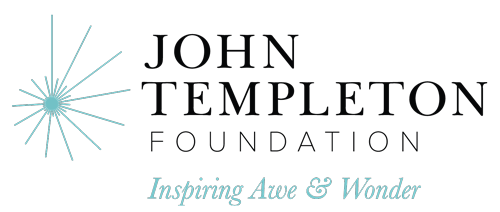
Preaching with Sciences

Edward Foley, Capuchin
Duns Scotus Professor Emeritus of Spirituality
Professor of Liturgy and Music (retired)
Catholic Theological Union
Vice-Postulator, Cause of Blessed Solanus

